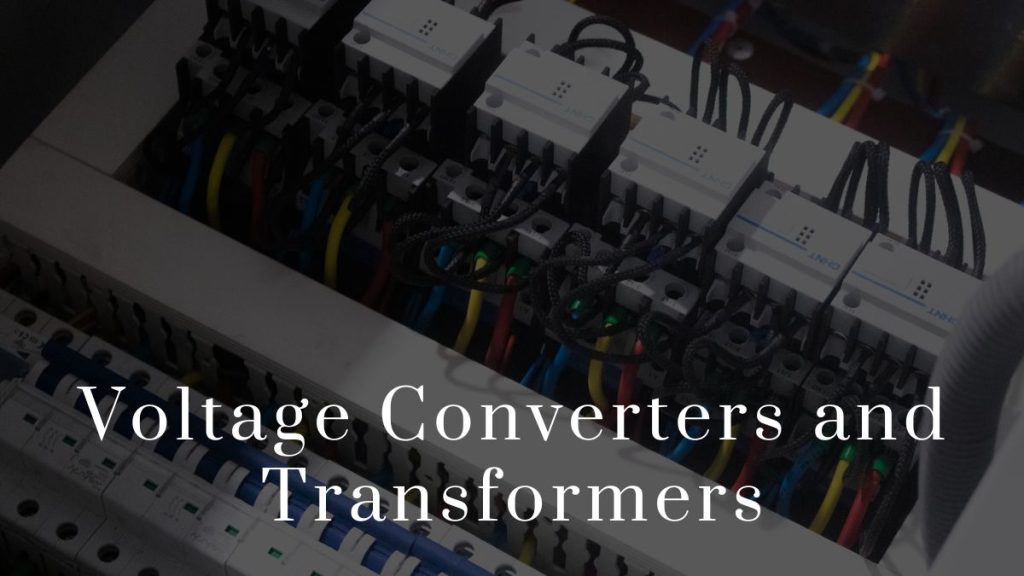
It’s easy to overlook the technical nuances of power supplies in such a rapidly changing digital world.
Still, as most tech-savvy folks know, there’s far more to it than just plugging something into an outlet.
Power supplies are integral to many technological devices, from computers to industrial machinery.
They function as the conduit between the device and the electricity source, converting the raw power from the source into a format suitable for the device’s operation.
Understanding the technical nuances of power supplies is crucial to ensuring the efficient functioning of our devices and systems.
This article will delve into the fascinating world of power supply technology.
1. The Ability to Program Power Supplies
Users can program parameters for power supplies to modify output voltage, current, frequency, and other settings.
This can be done manually or via an interface that utilizes software and hardware combined with a GUI (graphical user interface). With programmable power supplies, users can quickly and easily adjust settings as needed, making them more versatile than non-programmable power supplies.
This makes them an ideal choice for applications that require a range of different settings.
The ability to program power supplies significantly affects energy conservation and device longevity.
Devices can avoid unnecessary energy waste by customizing power output, contributing to greener operations.
At the same time, it reduces the risk of power-related damage to the devices, thus enhancing their lifespan.
This combination of energy efficiency and longevity is a significant advantage of programmable power supplies.
2. The Efficient Design of Power Supplies
Modern power supplies are designed to be as efficient and reliable as possible.
Many of them feature a variety of technologies that make them more efficient than ever, including switching power supply technology, active current loop control, PFC (power factor correction) circuits, soft-start technology, and more.
In addition, advanced safety protection systems provide an extra layer of assurance for both the user and the device.
Power supplies are also designed to minimize noise or interference, making them suitable for use in environments where noise can be a problem, such as hospitals.
Power supply manufacturers must take great care when designing their products to ensure optimal performance and safety.
3. Power Supplies for Specialized Applications
In addition to the standard power supplies available off-the-shelf, specialized power supply designs are used in particular applications.
These include medical-grade power supplies, laboratory-grade power supplies, and military-grade power supplies, among others.
Each of these types of power supplies has unique features and characteristics that make them suitable for use in their respective applications.
For instance, military-grade power supplies are designed to meet the higher demands of military and aerospace environments.
In contrast, medical-grade power supplies must be extra reliable for medical settings.
When it comes to specialized applications, you can find the right solution by working with a knowledgeable power supply manufacturer who can provide you with a product that meets your specific requirements.
4. Safety Considerations When Using Power Supplies
When it comes to power supplies, safety is a priority. As with any electrical device, potential risks are involved when using power supplies.
To minimize these risks and ensure the safe operation of your device, you should always follow best practices when handling and using power supplies.
This means ensuring that all connections are properly made, and the power supply is configured and operated according to the manufacturer’s instructions.
Please do so to avoid electrical shock, equipment damage, or even fire.
In addition, always ensure that your device is compatible with the type of power supply you use.
This includes considering factors such as wattage, voltage ratings, and current requirements when selecting a suitable power supply.
Please do so to avoid overloaded circuits, damaged components, or other malfunctions.
5. Voltage Converters and Transformers
When using power supplies in applications that require different voltages than what the device is designed for, voltage converters or transformers may be necessary.
These components bridge the source and the device, converting one voltage to another while providing proper isolation.
They can provide additional safety features such as surge protection or voltage regulation.

Voltage converters and transformers are an essential part of the power supply equation, as they allow us to use devices designed for one voltage in applications requiring a different one.
Knowing when and how to use them can be tricky, so consult a knowledgeable power supply manufacturer who can provide you with the right solution.
6. Output Connectors and Cable Length
Output connectors and cable lengths are vital in successfully operating power supplies.
The type of output connector mainly used depends on the device being powered.
Common types include barrel connectors, USB ports, and direct wire connections.
Each connector type has advantages and specifications, making it suitable for certain applications.
Ensuring compatibility between the power supply output connector and the device is essential for smooth operation.
The length of the cable attached to the power supply is another crucial factor to consider.
Longer cables offer flexibility in terms of placement of the device relative to the power source.
However, excessively long cables can lead to voltage drop, potentially affecting the device’s performance.
Therefore, it is vital to strike a balance, choosing a cable length that offers sufficient reach without compromising the device’s power needs.
7. Transient Response
The transient response of a power supply is also an important consideration.
Transient response refers to the power supply’s ability to respond quickly and accurately to sudden or input voltage changes.
This is especially important when dealing with sensitive equipment, as it helps ensure that the device receives the exact amount of energy it needs, regardless of any fluctuations in the power supply.
When selecting a power supply, consider its transient response capabilities.
Most manufacturers will provide detailed information about their products’ transient response, so check before purchasing.
Doing so ensures you get a power supply capable of handling sudden load or input voltage changes without issue.
Don’t miss: What Companies Are in the Energy Field?
The bottom line
When it comes to power supplies, taking a closer look at the technical aspects can help you decide which one is right for your application.
By understanding the various components and features of power supplies and their associated safety and performance considerations, you can be sure you are selecting the ideal product for your needs.
With so many options on the market, there is no reason to settle for anything less than the perfect power supply for your application.












